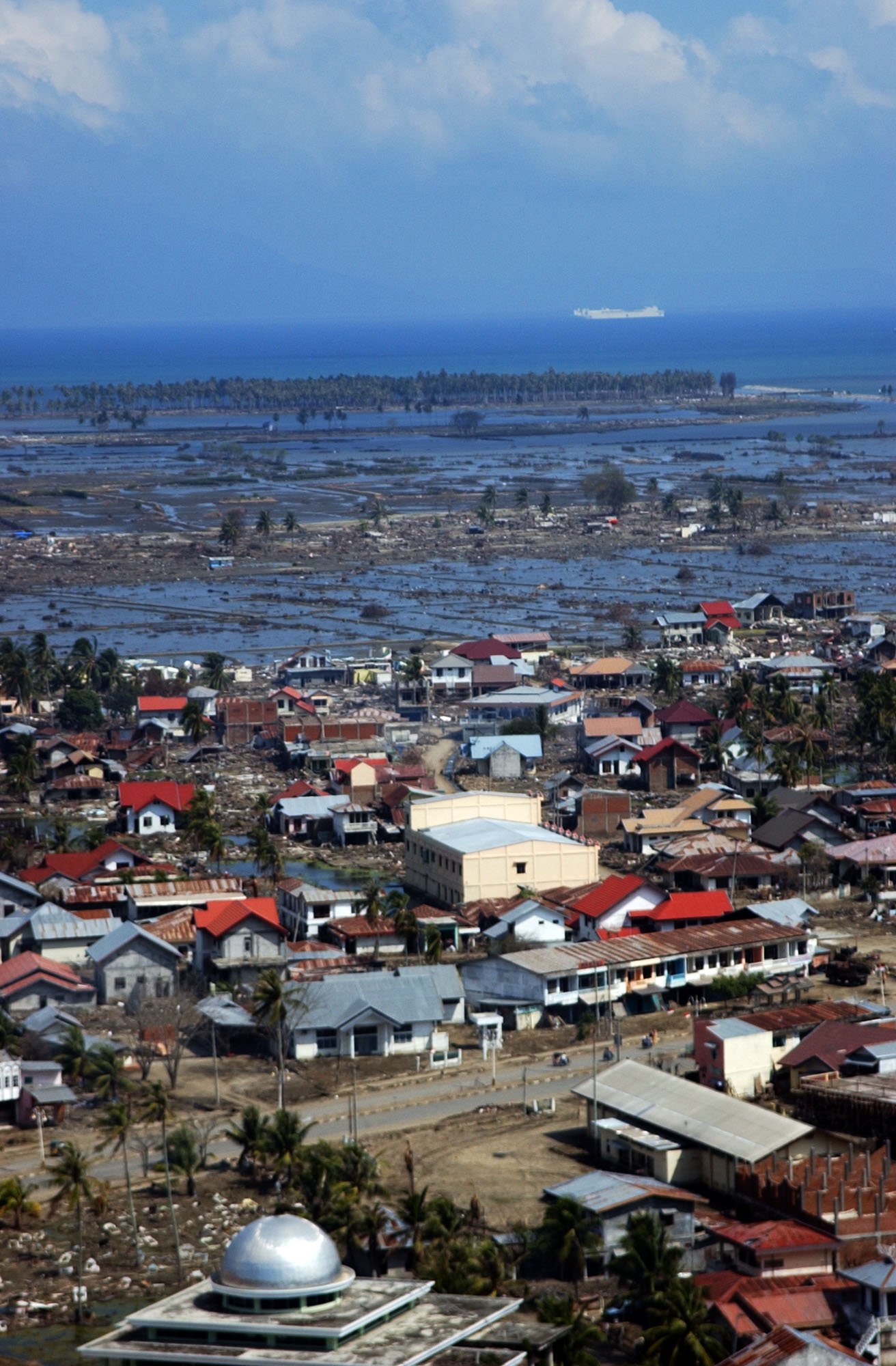An hour's flight from
Jakarta is
Yogyakarta,
Indonesia's cultural capital, often referred to as Yogya, where we had planned to stay 4 nights.
In Yogyakarta itself we started by visiting the
Kraton, which is the local Sultan's palace complex, situated in the centre of Yogyakarta. Every morning there is a different performance of typical Javanese culture, and on the day we visited it was music:
Most of the performers were quite elderly.
After watching for a while we wandered around the palace complex.
 |
| in the Kraton |
The
current sultan still lives in the complex.
 |
| in the Kraton |
 |
| ceiling, Kraton |
It was in the toilets of the Kraton that I saw
this amusing sign.
Afterwards we visited the nearby
Taman Sari, which the Dutch called
Waterkasteel. A 18th century former royal garden, today only the central bathing complex remains.
 |
| Taman Sari |
 |
| Taman Sari |
 |
| Taman Sari |
The next day we headed to Borobudur which is about 40km north-west from Yogya. As we didn't fancy taking public transport we used "Rumah Guides", which is a community project organisation.
En route to Borobudur we stopped off in the village of Ngilpoh, which is locally famous for its ceramics.
As they don't have a kiln to fire their ceramics, they use a method whereby the items to be fired are covered in dry grass which is then set alight. A man creates a draft using a hand-held device so that as many objects as possible are covered by the ashes:
 |
| Ngilpoh 'kiln' |
It seemed to resemble
pit-firing, but without a pit!
After lunch we headed to the day's main attraction:
Borobudur.
 |
| approaching Borobudur |
This 8th or 9th century Buddhist structure is a UNESCO World Heritage site.
 |
| stone carvings |
 |
| stone carvings |
 |
| Borobudur is surrounded by lush countryside |
Unfortunately nobody knows who built it or why it was built.
 |
| gargoyle for water drainage |
Built as a single large
stupa, it has nine platforms. the lower six are square, and the upper three are circular. The upper platform contains 72 small pierced stupas surrounding a central large stupa.
 |
| Some of the 72 stupas on the upper platform |
 |
| central stupa in the middle |
 |
| panoramic view |
Inside each pierced stupa is a statue of Buddha.
 |
| this stupa has been left uncovered to allow visitors to see the Buddha inside |
It is the single largest Buddhist structure in the world.
Three kilometres east of Borobudur is the square-shaped
Mendut Temple:
Inside are three statues, a three metre high Buddha flanked by
bodhisattvas.
 |
| central Buddha statue |
Our last day started by a visit to
Kaliurang, 25 km north of Yogya and situated at over 900m altitude. It is on the southern slopes of the volcano Gunung (Mount)
Merapi, which last erupted in November 2010, ie about 7 months before our visit there, leaving a trail of devastation in its wake. Unfortunately cloudy weather prevented us from seeing "Fire Mountain".
 |
| sign reads "Mount Merapi National Park" |
Some houses were destroyed in the last eruption, and some of these have been charmingly "graffitied".
On the way to our next stop we saw a warung (restaurant) advertising rabbit satay!
Our final stop was at the
Prambanan temple complex.
Also a
UNESCO heritage site it is splendid in its own right but is often overshadowed by its more famous neighbour, Borobudur. Probably built about 50 years later these temples are dedicated to Hinduism however, not Buddhism.
 |
| statue of Nandi, mount of the god Shiva |
 |
| statue of Brahma |
 |
| bas relief |
 |
| main shrine, dedicated to the Hindu god Shiva |
 |
| Candi Sewu, literally the "thousand temples" |
As we visited it late afternoon to beat the heat it was quite atmospheric with the light going when we left.
When we left Yogyakarta we had this view from the plane:
 |
| Mount Merapi? |
Suggested reading:




















































